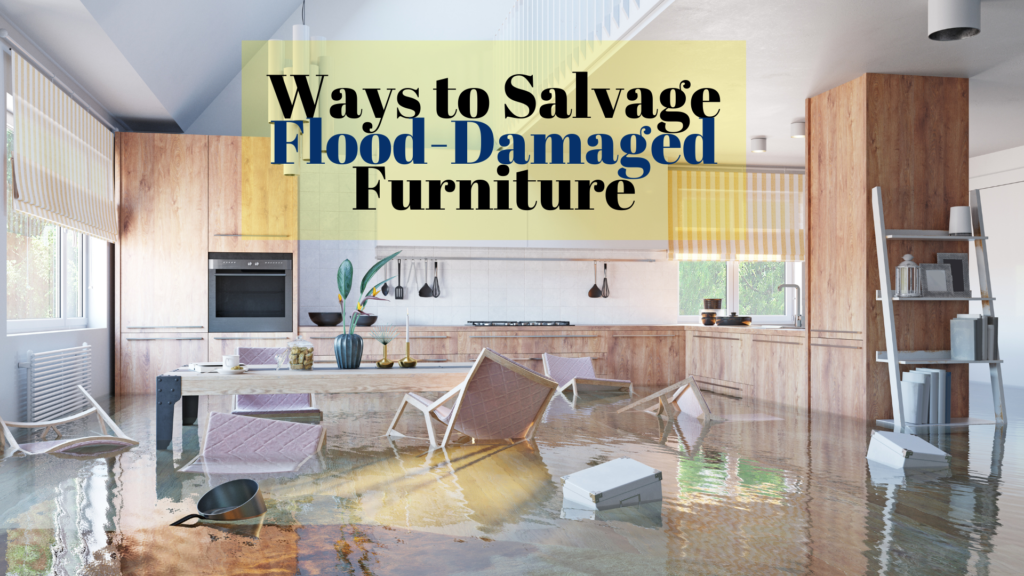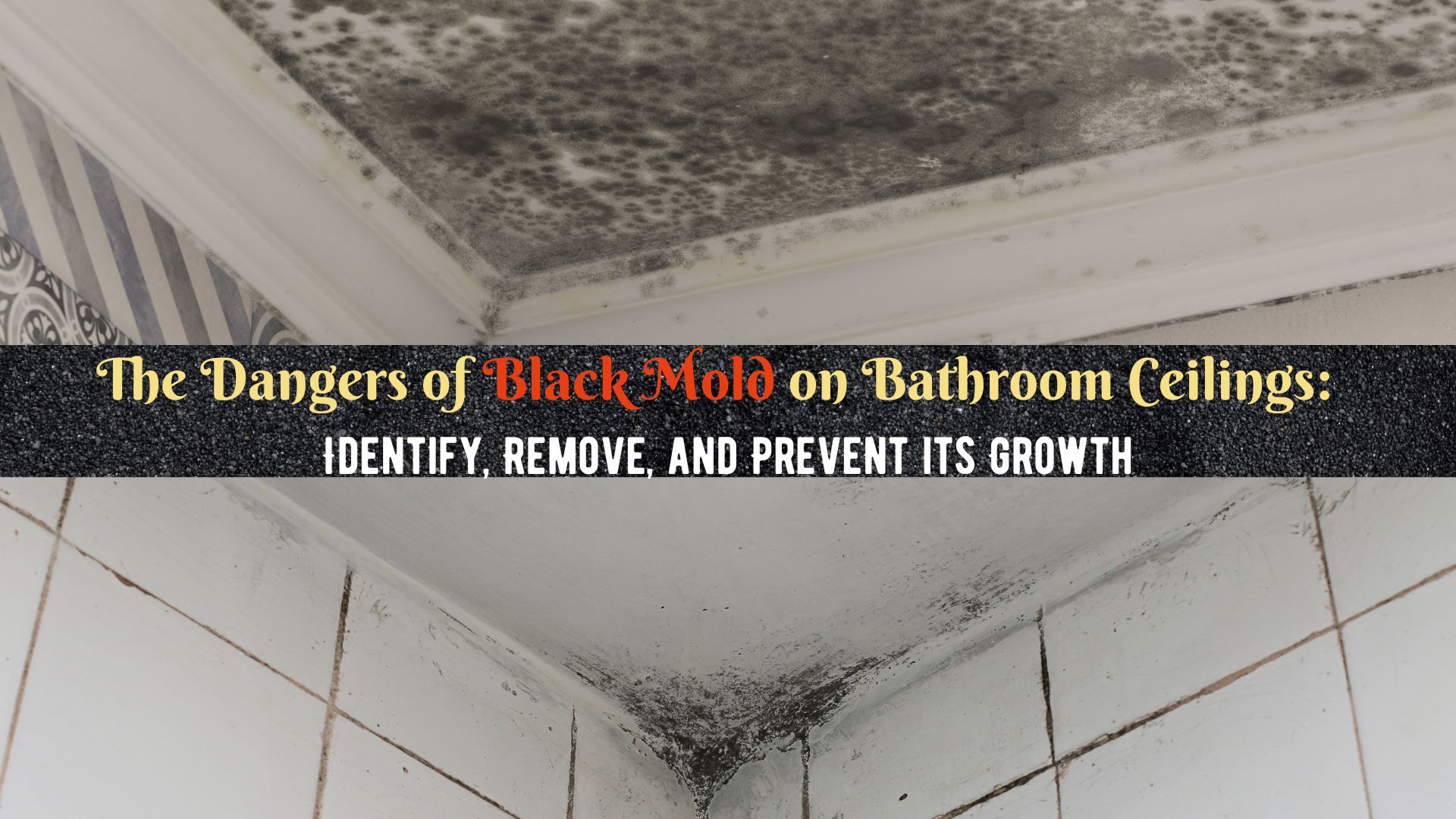Flood-Damaged Furniture
Floods, whether they are caused by a burst pipe or a natural disaster like a hurricane, are stressful situations to deal with. Not only the cleanup process requires a lot of effort and time, but flooding can also damage your personal belongings. Most of the items in your home can be greatly affected and your furniture can also be damaged by the flood.
Salvaging your flood-damaged furniture depends mainly on the type of furniture and the magnitude of flooding. Wood furniture has more chances of getting salvaged than upholstered furniture because they are less porous. In any case, when a flood has damaged your furniture, it is important to act fast. The longer water sits in your property the greater the damage will be. Keep reading to know tips on how to salvage your furniture.
How To Salvage Flood-Damaged Furniture
It can be difficult to determine which furniture can be salvaged and not. Some pieces of furniture may be impossible to restore. When deciding, consider the severity of the damage, the cost of repairing the item, and its sentimental value. There might be a family heirloom that you want to keep and restore.
1. Document The Damage
When it is safe to enter your property, you should immediately inspect your furniture and evaluate the damage. While inspecting, take photos and videos of everything that has been damaged to show as proof to your insurance provider, including that furniture that cannot be repaired. If possible, make a list of the damaged items together with their monetary value. This evidence can help speed up the process of your insurance claims.
2. Salvaging Flood-Damaged Upholstered Furniture
Upholstered furniture can sometimes be salvaged if clean water is involved and has been saturated with a small amount of water. Dry the furniture as soon as possible to prevent mold and mildew growth.
Upholstered furniture that has been saturated in water for a long time is often unsalvageable. Experts recommend discarding this type of furniture. These materials are so absorbent and can soak up floodwater that contains harmful pathogens. Even if floodwaters are not involved, the water and excess moisture that penetrated the fabric can promote mold growth and eventually cause health risks and concerns.
But in case you want to keep your upholstered furniture because it is something valuable, it is best you hire a professional to deep clean it. A water-damage-restoration professional will need to strip your furniture down to its frame and replace all springs and webbing. It may be an expensive process, but you will have more chances of having it restored.
3. Salvaging Flood-Damaged Wood Furniture
Wood furniture that has been soaked in water has more chances of getting salvaged than upholstered furniture. Wood is naturally less porous and more resistant to water. However, they may warp due to excess moisture. Furthermore, if the furniture has been exposed to water for some time, experts recommend that the joints and veneers should be glued again.
If you want to handle your wooden furniture, make sure to act fast. Moisture that seeps into the wood can also encourage mold growth. Follow these steps in salvaging flood-damaged wood furniture.
a. Move furniture to a dry area.
You can place it on the higher floor of your home, in a garage, or if it is not humid, outside your home. If it is too heavy to carry, experts recommend placing foil underneath its legs to prevent moisture to seep in.
b. Clean and remove dirt and mildew.
Spray water using a hose to remove dirt and residue from the furniture. Remove mildew spots from the furniture by wiping it with turpentine or a mixture of household ammonia and water. It is also best to apply some cream restorers with lanolin to restore the finish of your wood furniture.
c. Remove parts that can be disassembled.
This may include the back panels, doors, and drawers. But never force to open or close parts that have been swollen. You can remove these parts later when the wood begins to shrink.
d. Dry the wood furniture inside.
If possible, dry the furniture inside, away from the sun. Direct sunlight can cause additional damage to the wood such as cracked and warping. Place it in a well-ventilated area and set up fans to help out with air circulation. Be aware that the drying process of the wood furniture can take several weeks or months. When the furniture is completely dry, you can begin restoring and refinishing it.
Professional Flood Damage Restoration Services
Restoring flood-damaged furniture can be very challenging especially if the water involved has contaminants that can pose serious health risks. Thus, it is best left to professionals. Flood restoration experts can help you dry and clean your furniture and other contents that have been damaged by the flood. They have enough skills and equipment that can expedite the drying process and ensure that all flood-damaged contents are clean and safe to use.
In case a flood hits your home and damages its contents including your furniture, you can rely on us. We, at Superior Restoration, provide flood damage restoration and cleanup services. Our technicians are trained and experienced in dealing with any flood damage events. Contact our local office today, Superior Restoration of Corona.





